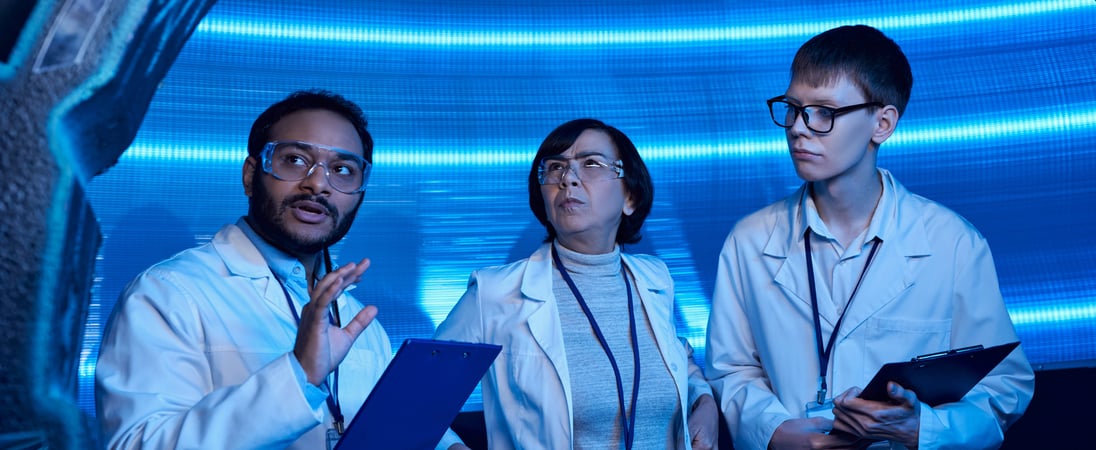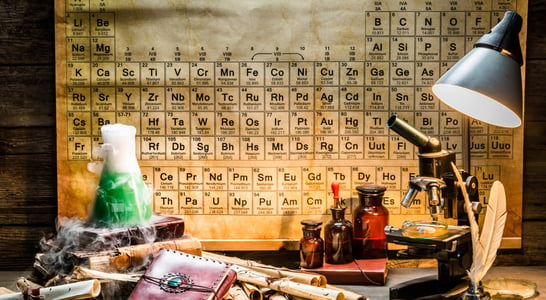
Nuclear Science Week
Nuclear Science Week invites people of all ages, from all around the globe, to get involved and learn more during this important awareness event!
History of Nuclear Science Week
Beginning in the late 1800s and developing through the first half of the 20th century, the science of atomic radiation, nuclear fission, and atomic charge was highly motivated by the development of the atomic bomb during World War II.
Since that time, nuclear science has continued to be an important discipline, with many developments – as well as some dangerous and deadly accidents.
Even so, as people in the industry continue to learn and discover more information, the discipline of nuclear science has had a life-altering impact on the modern world, and will likely continue to do so into the future.
The first Nuclear Science Week celebration took place in 2010 after the idea came through discussions with the National Museum of Nuclear Science & History along with partners in the nuclear industry.
The intent was to provide the public with more information and awareness regarding nuclear science while showing appreciation for various advancements in the nuclear science field.
Originally held in January, this annual event was moved to October 2012 and has been celebrated during that time ever since.
Today, Nuclear Science Week is advocated for and supported by several different organizations, educational institutions, and government agencies, including the US Department of Energy.
How to Celebrate Nuclear Science Week
Watch Shows or Documentaries on Nuclear Science
Get super involved with Nuclear Science Week by connecting with some of the interesting documents and shows that have been produced around the theme of nuclear science related to energy, weapons, and more.
From the 2023 dramatic film Oppenheimer to the 2022 Oliver Stone exposition Nuclear Now, a wide range of options exist for getting involved and educated about nuclear science.
Visit the Nuclear Science Museum
With its longer name, the National Museum of Nuclear Science and History, this Smithsonian affiliate is the nation’s only museum in its field that is chartered by Congress.
Established in 1969, this museum came to tell the story of the Atomic Age and has continued to educate and enlighten its visitors throughout the decades.
The museum is located in Albuquerque, New Mexico, less than two hours outside of where the secretive tests for the Manhattan Project took place. It offers special activities for both students and adults to participate in throughout the year, including during Nuclear Science Week.
Learn Facts About Nuclear Energy
Because nuclear energy is so powerful, it comes with some differing opinions about how safe, effective or clean it is.
From information about radioactive waste spills to understanding its small land footprint, Nuclear Science Week is an important time to get facts from trustworthy sources.
No matter where a person’s opinions fall on the spectrum, understanding nuclear science is an important step in making informed choices as consumers and citizens.
Also on ...
View all holidaysSuspenders Day
How could suspenders ever have gone out of style? Dig in your closet or visit a store to bring back one of the most fashionable accessories available.
Smart is Cool Day
Unlocking the power of knowledge and embracing curiosity leads to a world of endless possibilities. Smart is the new trendsetter!








